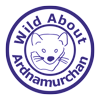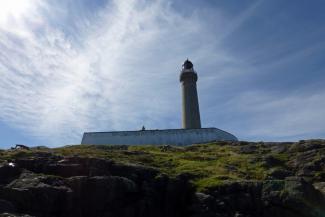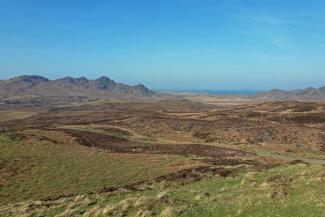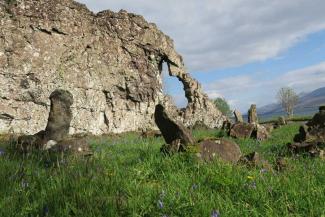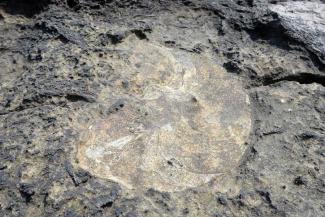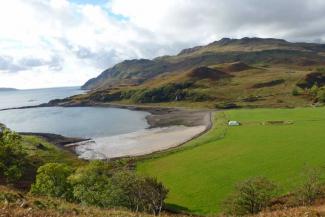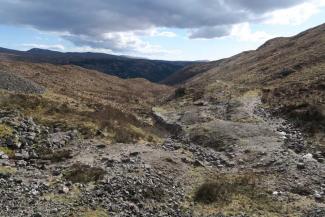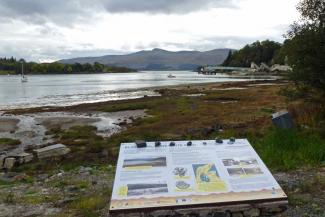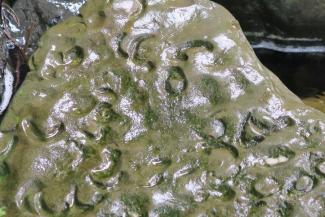Ardnamurchan Point is the most westerly point on the British mainland and sits on a dark-coloured, coarse-grained, basic intrusive igneous rock. This rock was formed from magma deep within the earth and has relatively large crystals composed mainly of pale plagioclase feldspar with quartz. The gabbro has been exposed through erosion and is characteristic of most of the west end of the Ardnamurchan Peninsula.
Take time to visit The Ardnamurchan Lighthouse and Exhibition Centre. The exhibition centre at the Ardnamurchan lighthouse has some interesting displays about the geology of…
